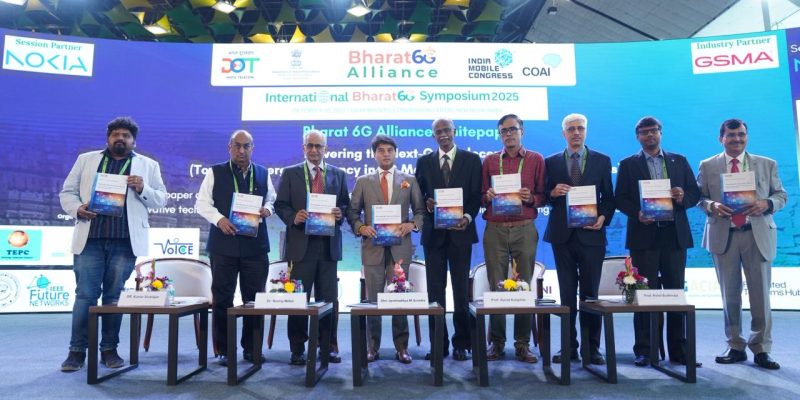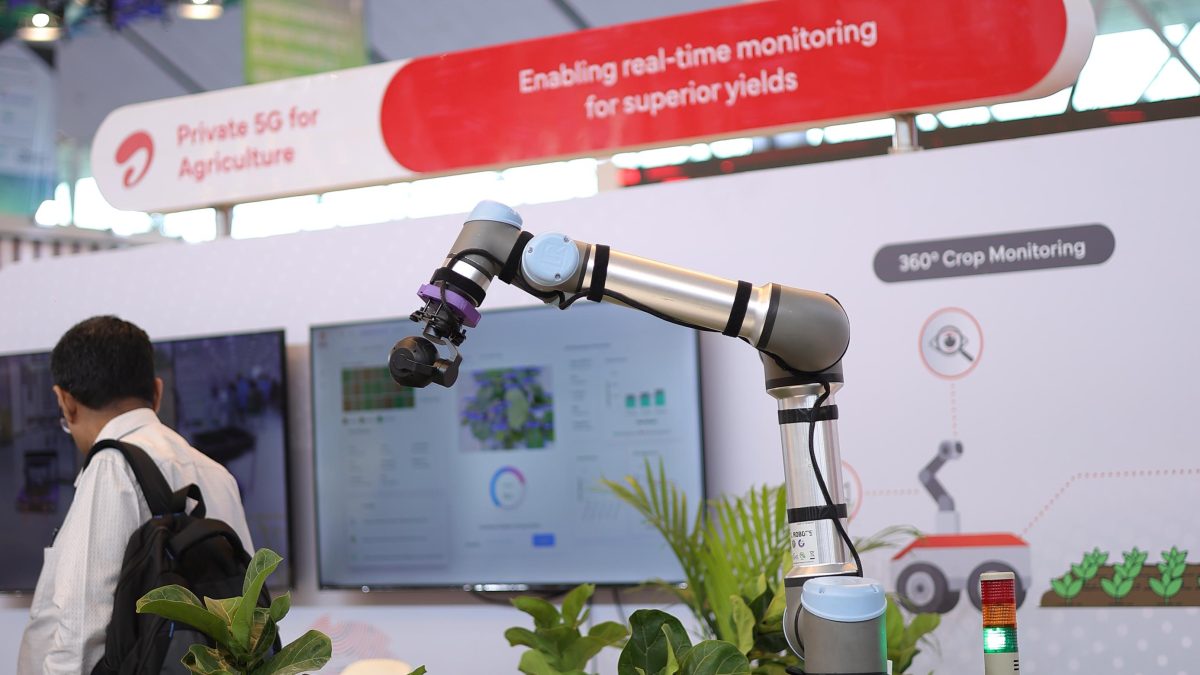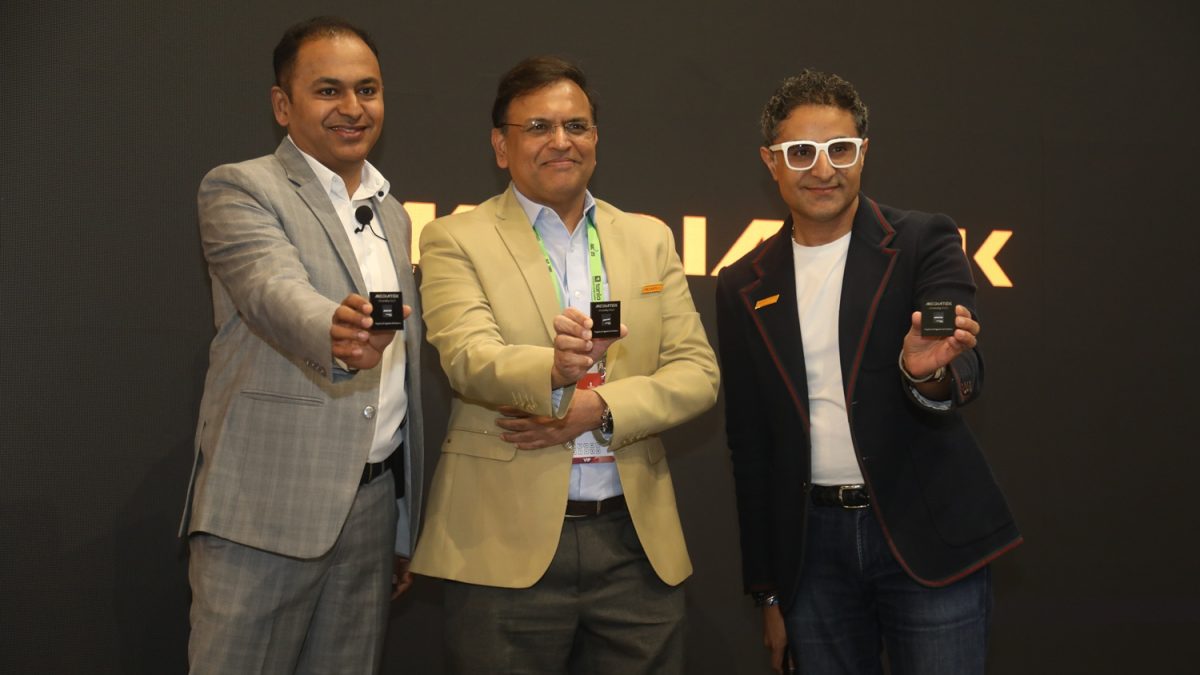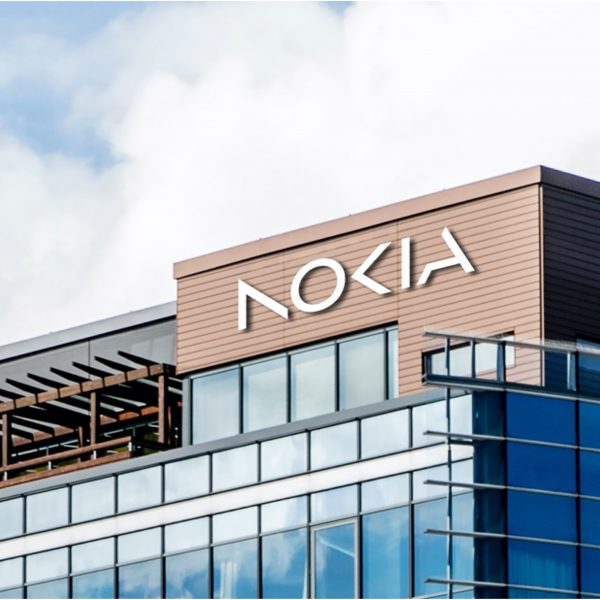International Bharat 6G Symposium at India Mobile Congress 2025 exhibits India’s leadership in building global 6G ecosystem
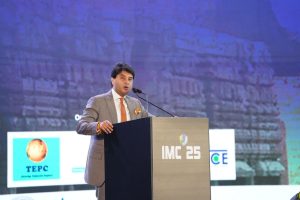 As the world moves closer to realizing the promise of 6G technology, the International Bharat 6G Symposium 2025 at the 9th edition of India Mobile Congress in New Delhi, brought together global leaders, policymakers, industry pioneers, academicians and researchers to chart the course of 6G innovation, collaboration and deployment.
As the world moves closer to realizing the promise of 6G technology, the International Bharat 6G Symposium 2025 at the 9th edition of India Mobile Congress in New Delhi, brought together global leaders, policymakers, industry pioneers, academicians and researchers to chart the course of 6G innovation, collaboration and deployment.
The symposium was inaugurated by Shri Jyotiraditya M. Scindia Hon’ble Minister of Communications and Development of North Eastern Region, Govt. of India. Organised in collaboration with the Bharat 6G Alliance (B6GA), the symposium marks a major milestone in India’s journey toward establishing itself as a key contributor to the global 6G ecosystem. It aims to foster international collaboration, accelerate research-to-market transitions, and drive sustainable and inclusive connectivity solutions aligned with India’s Bharat6G Vision 2030.
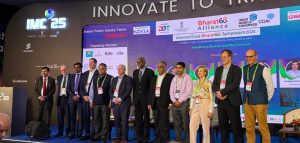 Hon’ble Minister Shri Jyotiraditya M. Scindia said, “India has built a future-ready policy and a spectrum framework enabling timely allocation of even the terahertz band to support next-generation networks. From our indigenous 4G and 5G stacks to Open RAN prototypes for 6G, we are developing sovereign capabilities under the PLI scheme. The Bharat 6G Alliance, uniting 80+ organizations and 30 startups, is pioneering AI-native networks and cross-sector applications in agriculture, healthcare, smart cities, and sustainability. Through the 6G Innovation Hexacon, our framework of six transformative pillars- immersive communications, massive communications, hyper-reliable low-latency connectivity, ubiquitous connectivity, AI-native networks, and integrated sensing and communications, India is not following the future, it is creating it.”
Hon’ble Minister Shri Jyotiraditya M. Scindia said, “India has built a future-ready policy and a spectrum framework enabling timely allocation of even the terahertz band to support next-generation networks. From our indigenous 4G and 5G stacks to Open RAN prototypes for 6G, we are developing sovereign capabilities under the PLI scheme. The Bharat 6G Alliance, uniting 80+ organizations and 30 startups, is pioneering AI-native networks and cross-sector applications in agriculture, healthcare, smart cities, and sustainability. Through the 6G Innovation Hexacon, our framework of six transformative pillars- immersive communications, massive communications, hyper-reliable low-latency connectivity, ubiquitous connectivity, AI-native networks, and integrated sensing and communications, India is not following the future, it is creating it.”
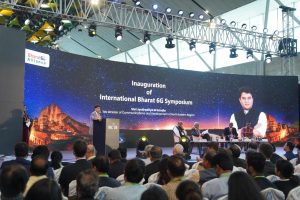 Other dignitaries present during the event include Rajesh Kumar Pathak, Director General, Bharat 6G Alliance, Vivek Badrinath, Director General, GSMA, Prof. David Koilpillai, Chairperson, Bharat6G Alliance, Dr. Magnus Frodigh, Hexa-X, Prof. Harald Haas, Future Telecoms UK, Prof. Bhaskar Ramamurthi, IIT Madras and Dr. Hosako Iwao, NICT, Japan.
Other dignitaries present during the event include Rajesh Kumar Pathak, Director General, Bharat 6G Alliance, Vivek Badrinath, Director General, GSMA, Prof. David Koilpillai, Chairperson, Bharat6G Alliance, Dr. Magnus Frodigh, Hexa-X, Prof. Harald Haas, Future Telecoms UK, Prof. Bhaskar Ramamurthi, IIT Madras and Dr. Hosako Iwao, NICT, Japan.
Rajesh Kumar Pathak, Director General, Bharat 6G Alliance said, “This year’s IMC theme ‘Innovate to Transform’ perfectly reflects our focus on leveraging 5G Advanced and 6G technologies to enhance connectivity while ensuring sustainability, inclusivity, and affordability. The 6G symposium brings together India’s leading experts and global partners to exchange insights and strengthen collaboration. Guided by the Hon’ble Prime Minister’s vision of India’s leadership in 6G, we are working towards an ambitious roadmap titled accelerating India’s 6G leadership to ensure our innovations are secure, resilient, and transformative.”
Delivering the welcome address, Prof. David Koilpillai, Chairperson, Bharat6G Alliance, underscored the importance of academia-industry-government collaboration in building an indigenous 6G ecosystem rooted in innovation, interoperability, and sustainability.
“India is shaping the future of connectivity. It is become a global producer of technology related equipment. Used cases of 6G will emerge quickly seeing how fast India rolled out 5G. 6G rollout will depend on focus areas such infrastructure, policy and partnership. 6G will be vital link to future connectivity needs. To unlock 6G potential, future focused policies are needed. Other key considerations include working with industry for long term transparency and regulation. AI is going to change the way networks are used. Digital future requires inclusivity and access for all,” said Vivek Badrinath, Director General, GSMA.
According to Magnus Ewerbring, CTO, APAC, Ericsson said, “In our industry, we work with extremely long innovation cycles, sometimes spanning a decade or more. As we move toward 6G, we’re not just preparing networks for what we know today, but for the unknown possibilities of 2040 and beyond. Our focus now is to validate technologies that will be mature by 2030, setting a forward-looking standard that can support future applications from AI and cloud-integrated services to low-power IoT and XR experiences. The next generation of networks must be intelligent, energy efficient and capable of handling billions of interconnected devices seamlessly.”
Dr. Mallik Tatipamula, CTO, Ericsson Silicon Valley said, “Over the last two days, we have discussed many topics to align technology standards and policies for the 6G roadmap. Since 2024, when we had the last symposium, the team has made tremendous progress: the first major milestone being the US–India collaboration through Next G Alliance, and the second, the India–UK collaboration on 6G announced today. These events are creating enthusiasm and inspiration to bring countries together, because 6G means it has to be at planetary scale.”
Dr. Ulrich Dropmann, Head of Standardization and Industry Environment, Nokia said “When diverse activities challenges and expertise converge, collaboration becomes the driving force for progress. The ongoing discussions with technical experts and partner institutions have helped us analyze, refine and align solutions that are both globally relevant and cost-effective. From addressing complexities in spectrum and network frameworks to finalizing technical studies for CCC, every step brings us closer to creating systems that are sustainable, scalable and continuously improving for the future.”
As part of the inauguration ceremony, the Bharat6G Alliance formalized collaborations through the exchange of Memoranda of Understanding (MoUs) with NASSCOM and the European Satellite Agency, further strengthening international partnerships for research and technology exchange. The event also saw the release of four Bharat6G Alliance Working Group White Papers that outline India’s strategic vision and research directions in key areas such as spectrum roadmap for 6G in India, green and sustainable 6G in India, 6G Data architecture, security and exposure framework for RF sensing and AI in Network evolution to 5G Advanced and 6G.
The International Bharat6G Symposium 2025 serves as a precursor to India’s broader engagement with global 6G forums, providing a platform for dialogues on key themes such as spectrum innovation, sustainability, AI-driven networks, security architectures, and cross-border collaboration. The symposium forms part of Bharat6G Alliance’s ongoing efforts to position India at the forefront of global telecommunications innovation, empowering communities, industries, and governments with resilient, intelligent, and sustainable digital infrastructure.

